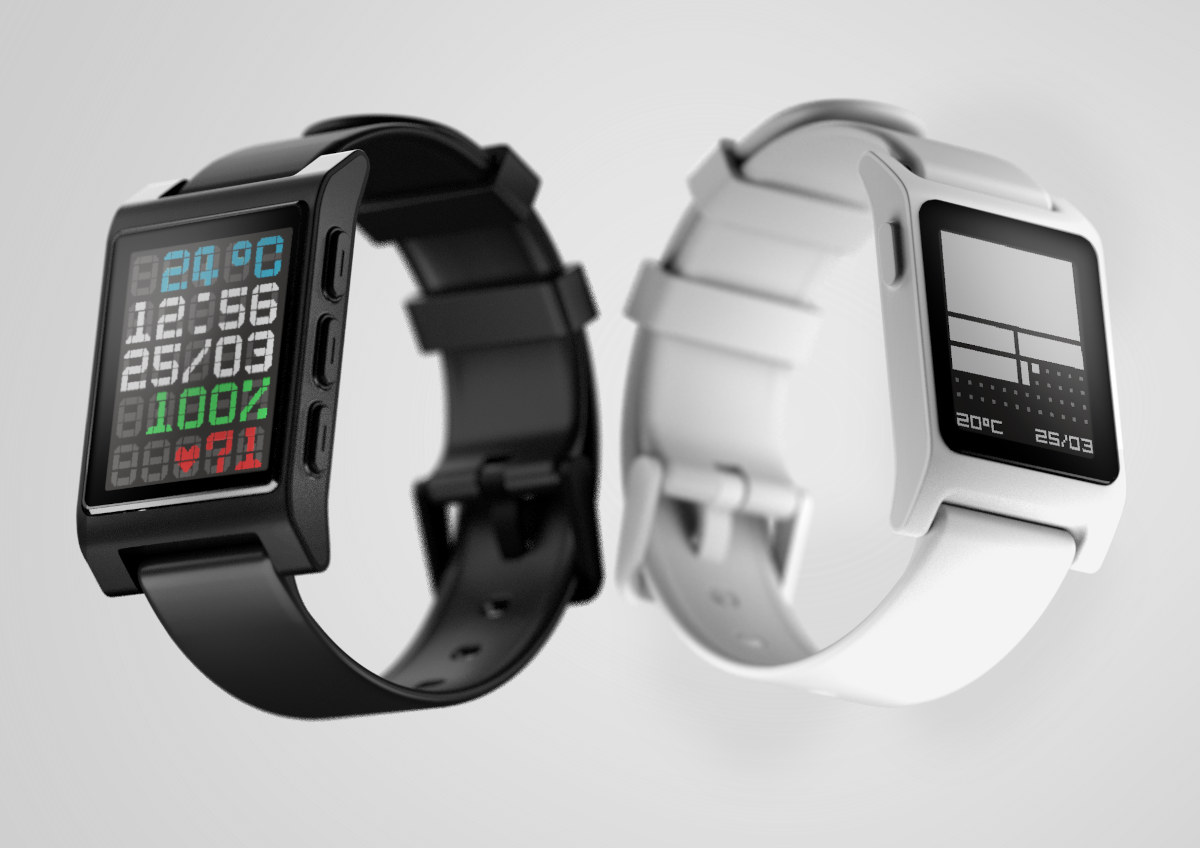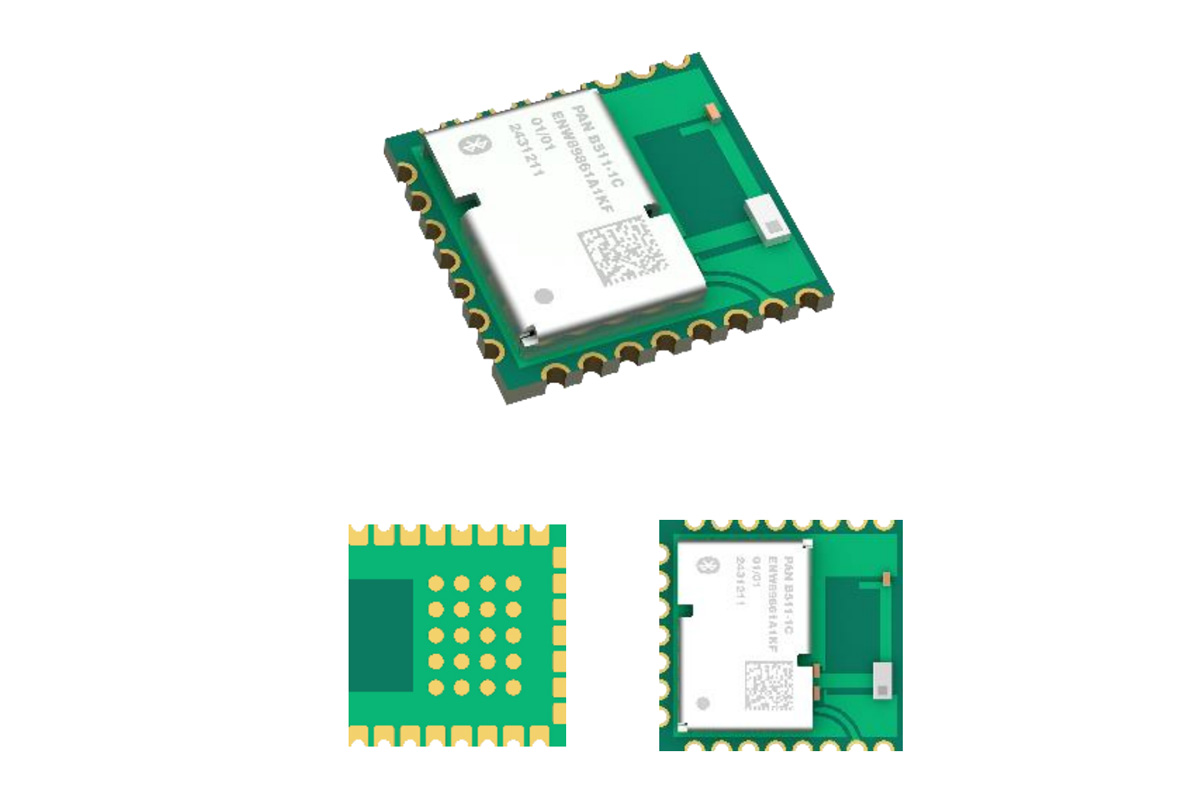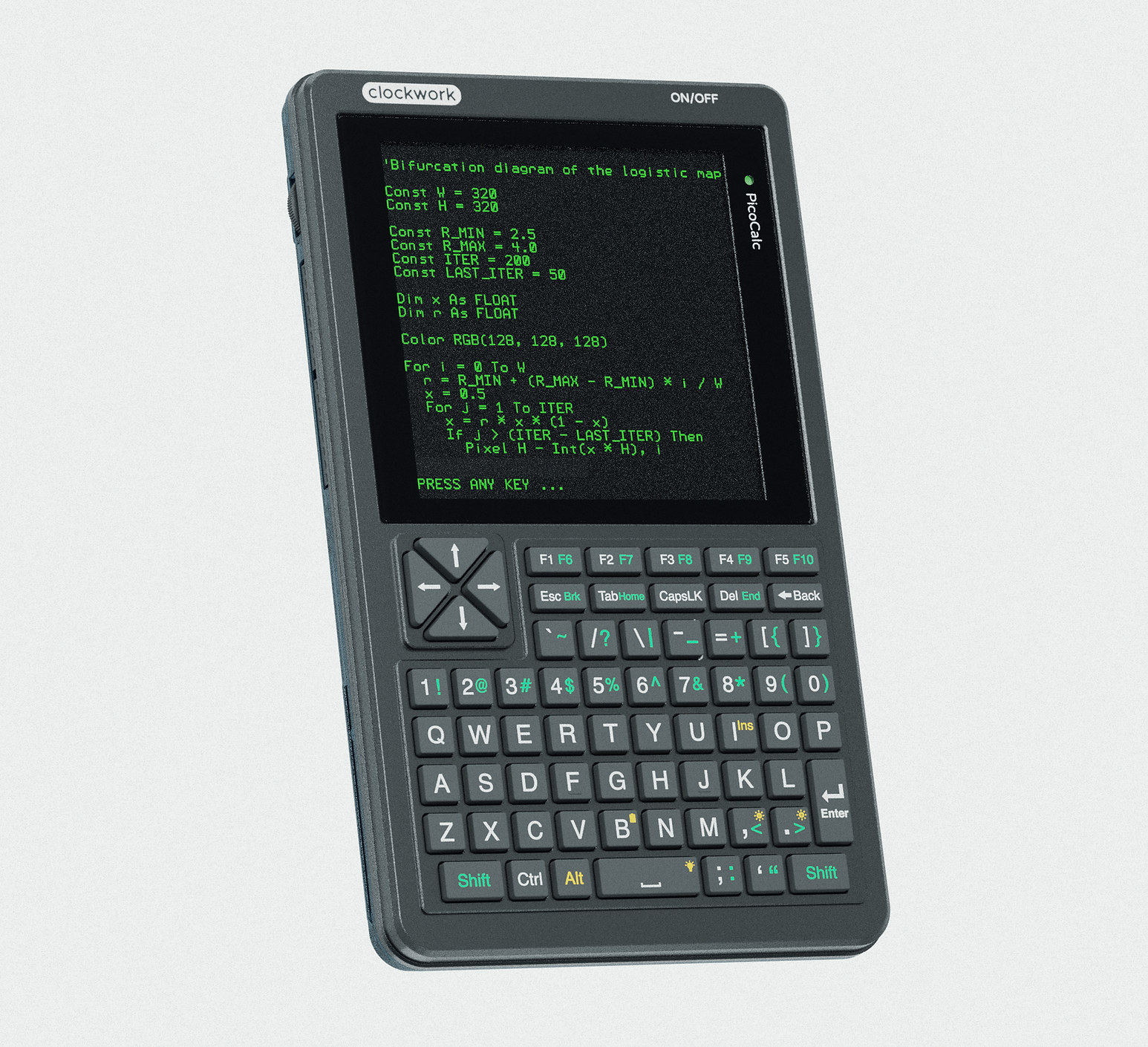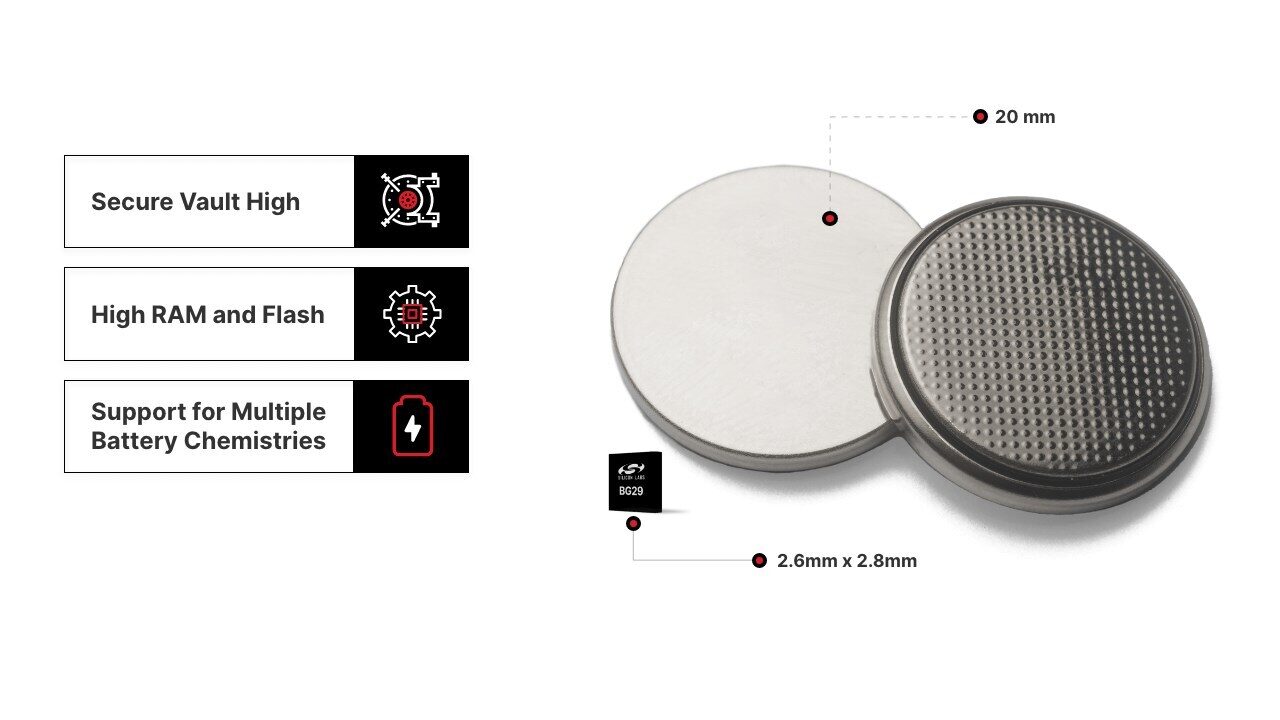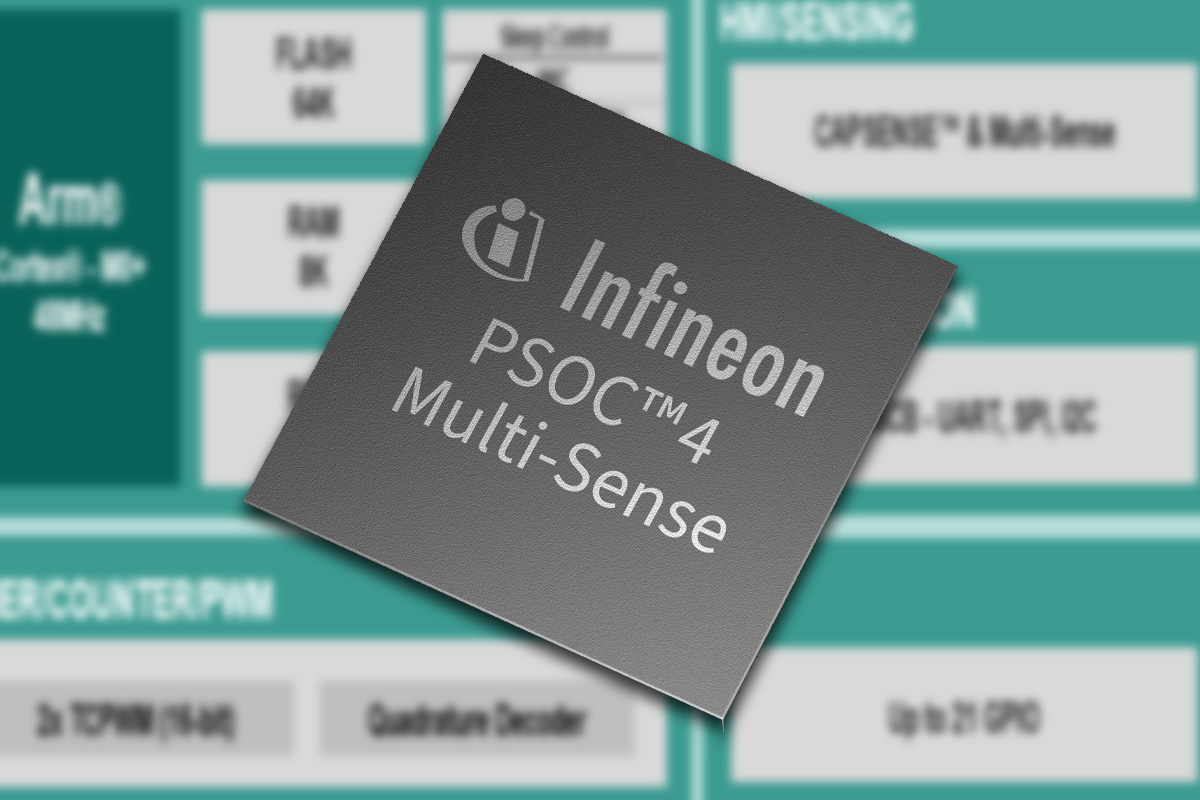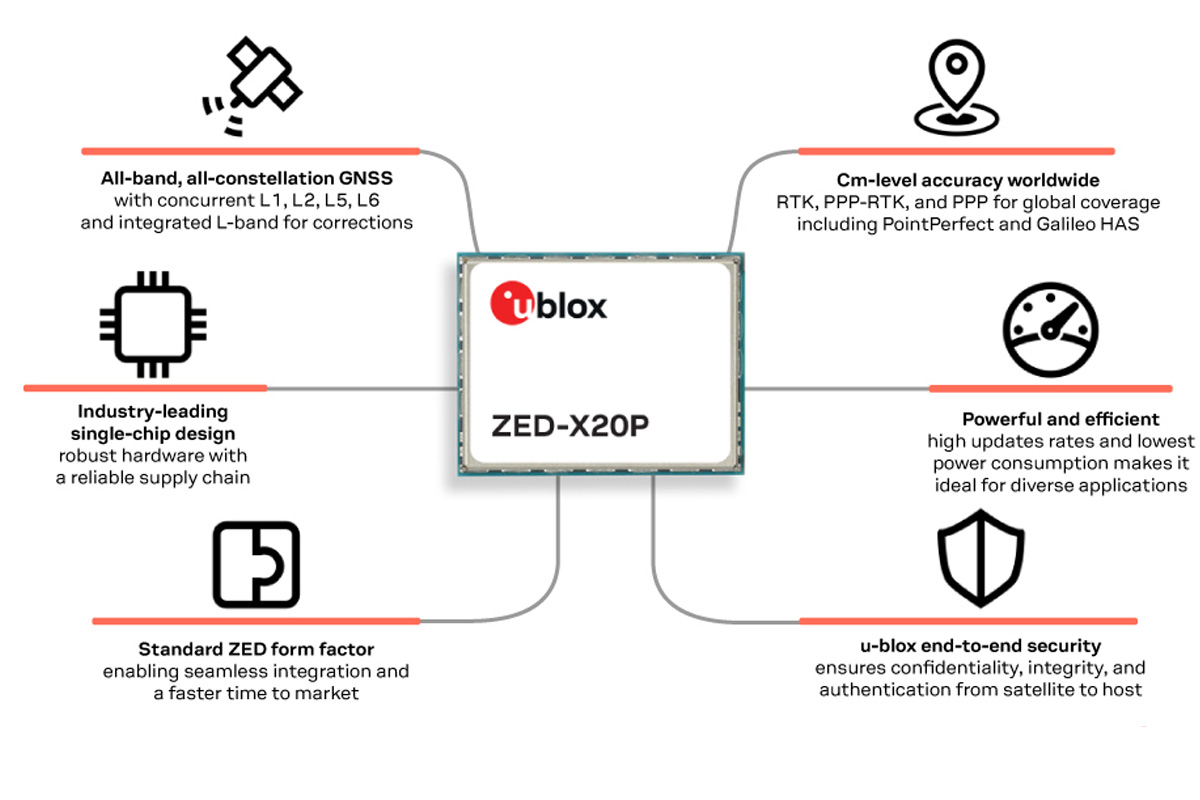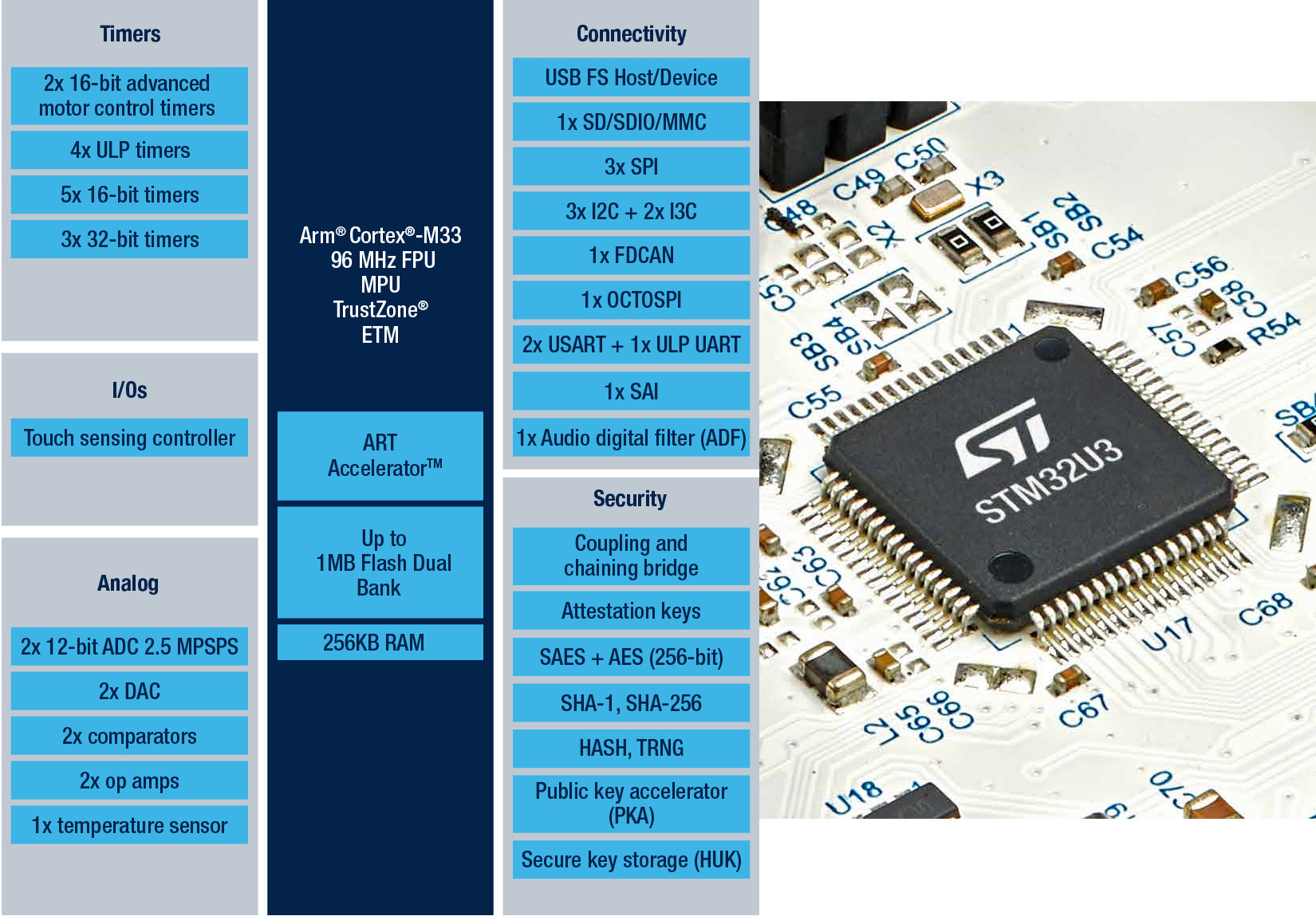The Pebble Smartwatch was first introduced in 2012 with a black and white e-Paper display, a week of battery life, and an amazingly successful Kickstarter company that raised over 10 million dollars. It was followed by the Pebble Time with a color display in 2015, and the Pebble 2 & Time 2 watches followed in 2016. But then it all went south from there, and Pebble’s assets were purchased by Fitbit in December 2016, all projects were canceled that year, and cloud services were discontinued in June 2018. Since then, the community has taken over working on the Rebble project to keep existing watches running, and Google acquired Fitbit in 2021. However, the project is slowly coming back to life. First, Google released the source code for the Pebble smartwatches and Pebble’s founder, Eric Migicovsky, and a team of engineers worked on reviving the project which now culminates with the […]
Panasonic PAN B511-1C Bluetooth 6.0 and 802.15.4 module features castellated holes and LGA footprint
Panasonic industry has recently introduced the PAN B511-1C Bluetooth 6.0 and 802.15.4 module based on the Nordic Semi nRF54L15 SoC and designed for ultra-low-power wireless communication. The compact module integrates a chip antenna, 32MBit flash memory, two Crystals, and the Nordic nRF54L51 which provides a 128 MHz Arm Cortex-M33 microcontroller with Bluetooth 6.0 (LE), Thread, Zigbee, and Matter, along with multiple peripherals such as SPI, UART, I2S, PWM, and ADC. The PAN B511-1C also implements security features to support secure boot, secure firmware updates, cryptographic acceleration, and tamper detection, making it suitable for a range of IoT, industrial automation, smart home, medical (wearables), and battery-powered applications. PAN B511-1C module specification: SoC – Nordic Semiconductor nRF54L15 MCU cores Arm Cortex-M33 with Arm TrustZone @ 128MHz RISC-V coprocessor for software-defined peripheral Memory – 256KB SRAM Storage – 1.5MB non-volatile memory Wireless Bluetooth 6.0 Data rates – 2Mbps, 1Mbps, 500kbps, 125kbps Features AoA / […]
PicoCalc Kit is a Raspberry Pi Pico handheld terminal with a backlit STM32 QWERTY keyboard
ClockworkPi has made several Linux handheld terminals over the years such as the GameShell or DevTerm, but the PicoCalc Kit is quite different since it relies on the Raspberry Pi Pico board plus an STM32 microcontroller to handle its built-in keyboard. The PicoCalc Kit is based on the ClockworkPi v2.0 mainboard that takes an RP2040-based Pi Pico H board, connects to a 4-inch IPS display with 320×320 resolution and stereo speakers, integrates a backlit QWERTY keyboard, and ships with a 32GB SD card with an optimized BASIC firmware. PicoCalc Kit specifications: ClockworkPi v2.0 mainboard Compatible boards – Headers for Raspberry Pi Pico H/WH, and Raspberry Pi Pico 2 / 2W MCU – STM32 for keyboard and backlight programmable with the Arduino IDE or STM32 official development tools Storage – SD card slot Display – Screen connector (SPI) Audio 2x speaker connectors 3.5mm audio jack 67-key QWERTY keyboard (I2C) Expansion Connector […]
Renesas RZ/V2N low-power AI MPU integrates up to 15 TOPS AI power, Mali-C55 ISP, dual MIPI camera support
Renesas has recently introduced the RZ/V2N low-power Arm Cortex-A55/M33 microprocessor designed for machine learning (ML) and computer vision applications. It features the company’s DRP-AI3 coprocessor, delivering up to 15 TOPS of INT8 “pruned” compute performance at 10 TOPS/W efficiency, making it a lower-power alternative to the RZ/V2H. Built for mid-range AI workloads, it includes four Arm Cortex-A55 cores (1.8GHz), a Cortex-M33 sub-CPU (200MHz), an optional 4K image signal processor, H.264/H.265 hardware codecs, an optional Mali-G31 GPU, and a dual-channel four-lane MIPI CSI-2 interface. The chip is around 38% smaller than the RZ/V2H MPU and operates without active cooling. The RZ/V2N is suitable for applications like endpoint vision AI, robotics, and industrial automation. Renesas RZ/V2N specifications CPU Application Processor – Quad-core Arm Cortex-A55 @ 1.8 GHz (0.9V) / 1.1 GHz (0.8V) L1 cache – 32KB I-cache (with parity) + 32KB D-cache (with ECC) per core L3 cache – 1MB (with ECC, […]
Tiny Silicon Labs BG29 Bluetooth LE SoC measures just 2.8 x 2.6mm for wearables and sensors
Yesterday, we wrote about the world’s smallest microcontroller (TI MSPM0C1104), which measures just 1.38mm2 in its smallest package. However, it is designed for general-purpose applications without built-in wireless connectivity. If you need Bluetooth LE in a tiny form factor, Silicon Labs BG29 wireless SoC, with a 2.8x 2.6mm package, is worth a look. The BG29 features a Cortex-M33 core clocked at up to 76.8 MHz, up to 256KB SRAM, up to 1MB flash, various digital and analog peripherals, and security features that make it suitable for Bluetooth LE applications such as wearable health and medical devices, asset trackers, and battery-powered sensors. Silicon Labs BG29 (EFR32BG29) specifications: CPU core – Arm Cortex-M33 @ 76.8 MHz with DSP instruction and floating-point unit Memory – Up to 256 kB RAM data memory Storage – Up to 1 MB flash program memory Wireless – 2.4 GHz radio Protocols – Bluetooth 5.4 Low Energy (LE) […]
Infineon PSoC 4000T multi-sense low-power MCU features capacitive, inductive, hover, and non-contact liquid sensing
Infineon Technologies has introduced the PSoC 4000T Multi-Sense low-power MCU, along with the upcoming PSoC 4100T Plus which will feature higher memory and more I/Os. These MCUs integrate fifth-generation CAPSENSE technology along with Multi-Sense capabilities, including proprietary inductive sensing, and non-contact liquid sensing solutions. This combination makes it easy to develop advanced HMI applications, such as touch-over-metal, hover touch, and accurate liquid-level detection. The MCU also supports SmartSense auto-tuning which eliminates manual calibration. It supports Always-On sensing with 10x lower power consumption and 10x higher SNR than previous generations. Additionally, the MCU enables hover touch detection through 2 cm air gaps and supports capacitive, inductive, and liquid sensing in a single device. The device also supports waterproofing for harsh environments and reduces system complexity and cost by integrating multiple sensing technologies into a single chip. Infineon PSoC 4000T specifications: MCU Core – 48 MHz Arm Cortex-M0+ CPU Memory – Up […]
u-blox ZED-X20P all-band GNSS module delivers global centimeter-level accuracy at a 90% lower cost (TCO)
Previously u-blox announced the release of the X20 series of all-band GNSS modules, but at the time, the company did not disclose detailed specifications for the module. Recently, they have launched the ZED-X20P all-band GNSS module designed to deliver centimeter-level global positioning at a significantly lower cost, up to 90% less than traditional solutions when considering the total cost of ownership. The module supports L1, L2, L5, and L6 bands across four GNSS constellations (GPS, Galileo, GLONASS, and BeiDou), along with SBAS, QZSS, and NavIC. Additionally, the module is compatible with PPP-RTK, network RTK, and global PPP correction services, along with u-blox’s PointPerfect and Galileo’s free High Accuracy Service (HAS), ensuring precise and flexible positioning. It also features secure boot, signed firmware, encrypted communication, and anti-jamming capabilities, for critical applications. The ZED-X20P maintains the ZED form factor, making the footprint compatible with the ZED-F9P chip for easier upgrades. u-blox says […]
STMicro STM32U3 ultra-low-power Cortex-M33 MCU achieves 117 Coremark/mW in active mode, consumes 1.6 µA in stop mode
STMicro STM32U3 is a new family of Arm Cortex-M33 microcontrollers clocked at up to 96 MHz with ultra-low-power consumption designed for utility meters, healthcare devices such as glucose meters and insulin pumps, and industrial sensors. The company says the STM32U3 MCU family is a “market leader in terms of efficiency” with 117 Coremark/mW in active mode, and consumes 1.6µA in stop mode. The Coremark/mW score means the STM32U3 offers almost twice the efficiency of the STM32U5 series, and five times that of the STM32L4 series. Other highlights include up to 1MB of dual-bank flash, 256kB of SRAM, and various interfaces like MIPI I3C, SAI audio, 12-bit ADC, etc… STMicro STM32U3 key features and specifications: MCU Core 32-bit Arm Cortex-M33 CPU @ 96 MHz with TrustZone and FPU Performance 1.5 DMIPS/MHz (Dhrystone 2.1) 387 CoreMark (4.09 CoreMark/MHz) 500 ULPMark-CP 117 ULPMark-CM 202000 SecureMark-TLS ART Accelerator with DSP instructions Memory/Storage 256 KB […]


